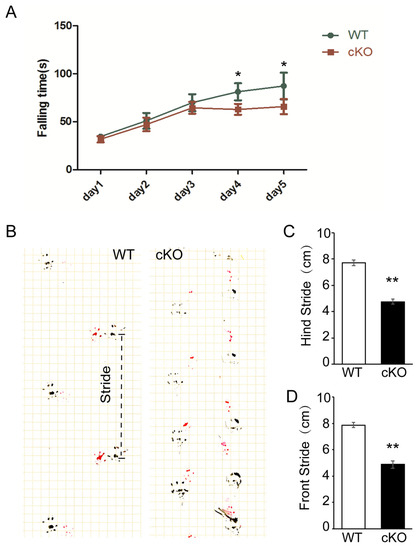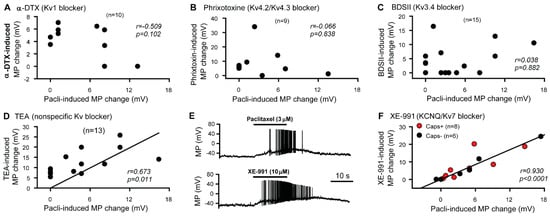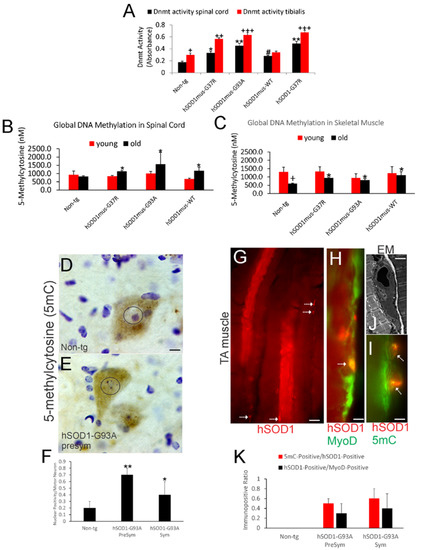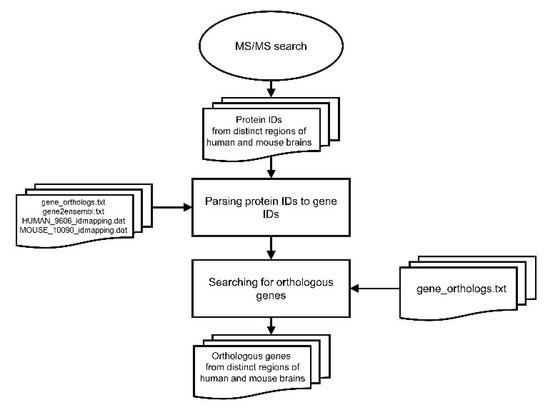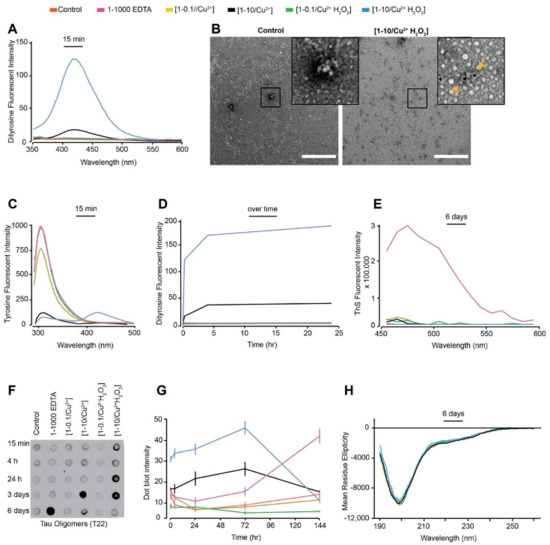New Insights into the Molecular Mechanisms of Neurodegeneration
A topical collection in Cells (ISSN 2073-4409). This collection belongs to the section "Cells of the Nervous System".
Viewed by 18958Editors
Interests: adhesion molecules; cellular mechanobiology; mitochondrial dynamics; vesicular trafficking; islet of Langerhans; beta cells differentiation; diabetes mellitus; pancreatic tumors; glia–neuron interactions
Special Issues, Collections and Topics in MDPI journals
Interests: molecular mechanisms of neurodegeneration; motor neuron diseases; polyglutamine diseases; autophagy; lysosomal damage; protein quality control
Interests: molecular mechanisms of neurodegeneration; motor neuron diseases; amyotrophic lateral sclerosis; SBMA; neuromuscular diseases; myogenesis; neural differentiation
Topical Collection Information
Dear Colleagues,
Neurodegenerative disorders refer to a group of diseases characterized by the progressive dysfunction and death of selective neuronal populations of the central and peripheral nervous system.
Despite decades of research in this field, there is still no effective treatments to halt the neurodegenerative processes. The dissection of novel molecular mechanisms underlying the pathological processes is mandatory to identify promising therapeutic strategies that could prevent or modify the progression of these disorders.
While the neuronal populations affected and therefore the resulting clinical manifestations are different, neurodegenerative diseases often share common pathogenetic mechanisms. The abnormal aggregation of intracellular or extracellular proteins is the most common example. Protein aggregation triggers cellular homeostatic mechanisms aimed at coping with the specific defect and, if this approach fails, signalling pathways, ultimately leading to neuronal degeneration, are activated.
Therefore, the description of the early alterations that occur in neurons will be helpful in developing disease-specific therapies, while focusing on shared mechanisms, we will be able to identify targets that can be therapeutically exploited to deal with multiple pathologies.
This collection is interested in original works and reviews that provide new insights into the molecular mechanisms of neurodegeneration, revealing candidate biomarkers or therapeutic targets.
Dr. Carla Perego
Prof. Paola Rusmini
Prof. Dr. Mariarita Galbiati
Collection Editors
Manuscript Submission Information
Manuscripts should be submitted online at www.mdpi.com by registering and logging in to this website. Once you are registered, click here to go to the submission form. Manuscripts can be submitted until the deadline. All submissions that pass pre-check are peer-reviewed. Accepted papers will be published continuously in the journal (as soon as accepted) and will be listed together on the collection website. Research articles, review articles as well as short communications are invited. For planned papers, a title and short abstract (about 100 words) can be sent to the Editorial Office for announcement on this website.
Submitted manuscripts should not have been published previously, nor be under consideration for publication elsewhere (except conference proceedings papers). All manuscripts are thoroughly refereed through a single-blind peer-review process. A guide for authors and other relevant information for submission of manuscripts is available on the Instructions for Authors page. Cells is an international peer-reviewed open access semimonthly journal published by MDPI.
Please visit the Instructions for Authors page before submitting a manuscript. The Article Processing Charge (APC) for publication in this open access journal is 2700 CHF (Swiss Francs). Submitted papers should be well formatted and use good English. Authors may use MDPI's English editing service prior to publication or during author revisions.
Keywords
- neurodegeneration
- proteostasis
- unfolded protein response
- autophagy
- lysosome homeostasis and dysfunction
- mitochondria dynamics
- mitochondrial quality control
- mitochondria-associated membranes (MAMs)
- neuromuscular junction
- mRNA splicing
- miRNA
- Alzheimer’s disease
- Parkinson’s disease
- amyotrophic lateral sclerosis
- polyglutamine diseases








